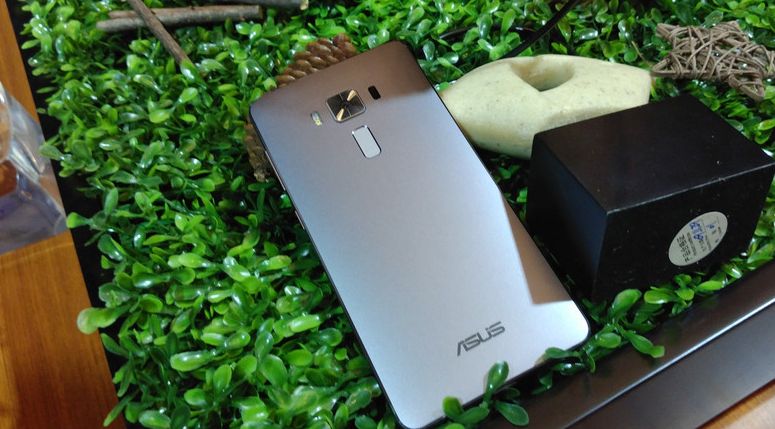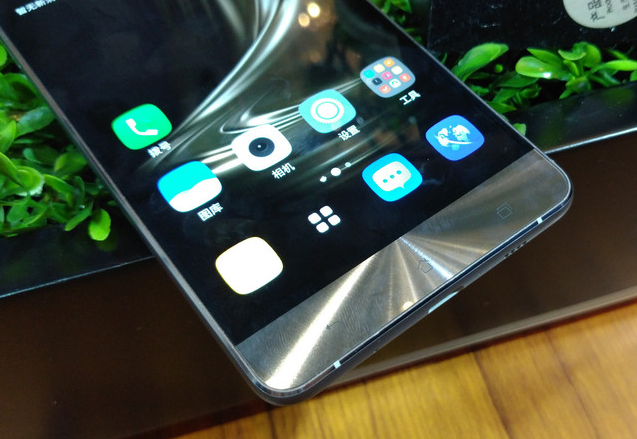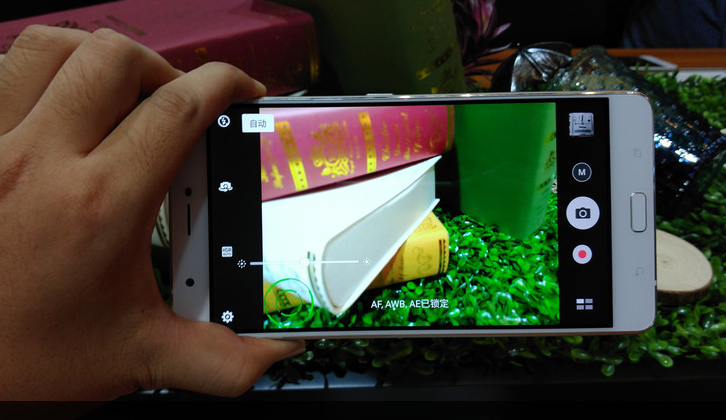Chinese tech giant Huawei has been making waves in the Indian market for quite some time. The company has recently launched its flagship handset- P9, packing the industry's first Leica sensors on a smartphone skeleton, and is now geared up to launch another smartphone in the second week of October 2016.
This upcoming smartphone- Honor 8 will be the flagship offering under Honor series and is expected to be priced around Rs. 27,000 in the Indian market. The smartphone has been given the same dual-camera setup treatment, which we have seen earlier in Huawei P9, and also comes loaded with a top of the line specifications and features.
SEE ALSO: Honor 8 to launch in October: 5 things you should know
We got the chance to play around with the smartphone and here's our first impressions of the Honor 8.
Design: A blend of Metal and GlassJust like most of the smartphones priced around Rs 25,000 price-point, Honor 8 boasts a metal and glass construction. There's hardly anything new in terms of design but the handset still looks good. The smartphone has a sturdy built and offers a premium feel, which you would expect from a mid-range handset.
The front and back has been covered by a 2.5D curved glass, which seamlessly fuses into the metal edges. The right side has the volume rockers and power button and the left holds the SIM card tray. The top has an IR blaster and a microphone.
Huawei is also offering a 3.5mm headphone jack, unlike other smartphone makers who are gradually shifting away from the traditional feature in order to give their products a slim profile.
The headphone jack is positioned at the bottom along with Type C USB port and a mono speaker unit.
The rear has the dual-camera setup along with dual-tone LED flash and a fingerprint sensor, positioned ergonomically in the center of the handset.
I am using the smartphone since last three days and really liking its compact form-factor. It perfectly fits in one hand and you will not find your thumb struggling to reach the corners of the 5.2-inch display. Honor 8 will please consumers who are not fond of big-screen devices. Besides, it's not slippery even with a metal-glass construction.
Display: Full HD crisp displayWhile, the world is moving towards bigger display sizes, there's still a market for smartphones that sits under the 5.5-inch mark. Honor 8 packs in a 5.2-inch 1080p IPS LCD display, which is just perfect for everything you would want to do on a smartphone. The handset features an LTPS panel that delivers a pixel density of 423 PPI, which is pretty good for a mid-range device.
The full HD display is very bright, has good viewing angles and offers vivid color reproduction. Moreover, you can also tweak the color balance in display settings as per your requirement.
The highlight: Impressive camera hardwareThe dual-camera setup is slowly becoming a standard feature in mid-range and flagship smartphones. Honor 8 also has two 12MP cameras stacked side-by-side. One sensor captures the monochrome, while the other is a RGB unit to take care of colour information. This is the same technology Huawei has packed in its flagship P9, but in case of Honor 8, the company has used Sony lenses instead if Leica certified lenses.
The camera UI comes with several modes and filters like the pro mode, HDR, time-lapse, slow motion, beauty among others. The camera also has a dedicated mode to take photos with a shallow depth of field, which is capable to deliver some amazing shots.
The 'Impact Monochrome mode in the filters is also quite impressive. You can check the images we shot from the Honor 8's rear camera, which will give you a better understanding of its camera abilities.
Android 6.0 Marshmallow with Huawei's personal touchThe smartphone runs Android 6.0 Marshmallow-based EMUI 4.1. The interface is pretty simple, a non-drawer UI where every app sits on the home-screen for easy access.
Huawei's Emotion UI on Honor 8 works fluidly without any glitches. However, it's too early to give a final word on its actual software performance as the real story unfolds when you use the handset for a while. Stay tuned for our final verdict on the software performance of the Honor 8.
Powerful Hardware underneathHonor 8 is powered by Huawei's in-house HiSilcon Kirin 950 chipset. The processor uses four Cortex A72 and four A53 cores, which supplies the processing power matching the likes of Snapdragon 652 Soc. There is Mali-T880 MP4 GPU to look after graphical performance and the handset has 4GB RAM to support multitasking.
Honor 8 has 32GB internal storage that can be expanded by up to 128G via microSD card slot.
During our initial testing, we did not face any performance issues on Honor 8 with multiple applications running at a time. However, we will evaluate the smartphone's full potential in our full review.
A 3,000mAh battery with fast chargingHonor 8 is powered by a 3,000mAh battery unit, which also supports Fast-Charging. In our initial usage, the smartphone managed to last for a day on a single charge. We mostly used it for testing camera, browsing internet, WhatsApp, Instagram, etc.
Improved Fingerprint sensorMatching the market standards, Honor 8 features a fingerprint sensor at the rear side that can be used to perform a number of functions in addition to unlock the smartphone.
You can accept/reject calls, dismiss an alarm, browse through your photo gallery by swiping left to right and can even pull down the notification panel with a vertical swipe from top to bottom. All these functions can be activated from the fingerprints settings menu.
It all depends on Pricing nowHonor 8 has managed to impress us with its design, display and camera performance. The only thing that now can make this handset a good bargain is its price-point. We expect Huawei to price it around Rs 25-27,000, which will make Honor 8 fight some real big fishes like OnePlus 3, Xiaomi Mi 5, LeEco Le Max 2 and the recently launched Asus Zenfone 3.
As of now, our personal favorite is OnePlus 3, which is simply an all-rounder in sub Rs 30,000 price segment. But Huawei can change this with the Honor 8 pricing. Stay tuned for the pricing and full review of Honor 8 on Gizbot.
Source: Honor 8 First Impressions: A promising mid-range Android smartphone

 The Meizu M3 Note looks remarkably like the iPhone 6S, which is what can be said for most of the company's premiere phones.
The Meizu M3 Note looks remarkably like the iPhone 6S, which is what can be said for most of the company's premiere phones. 

